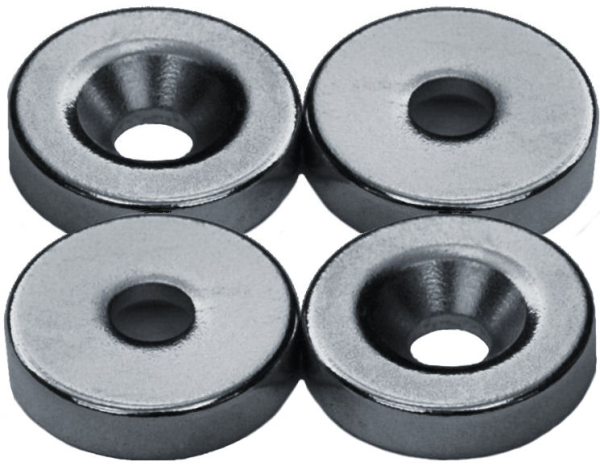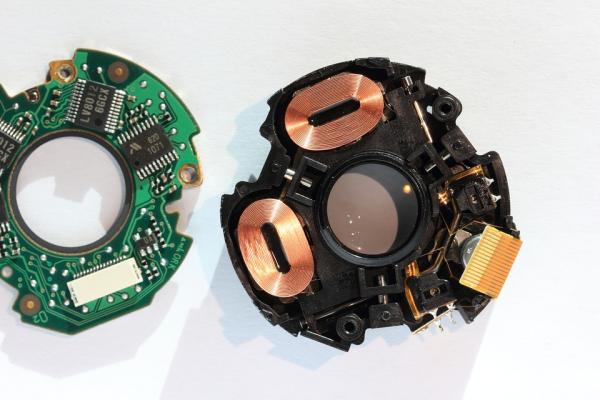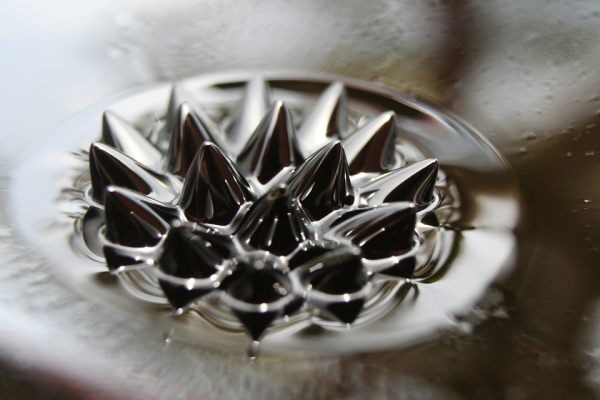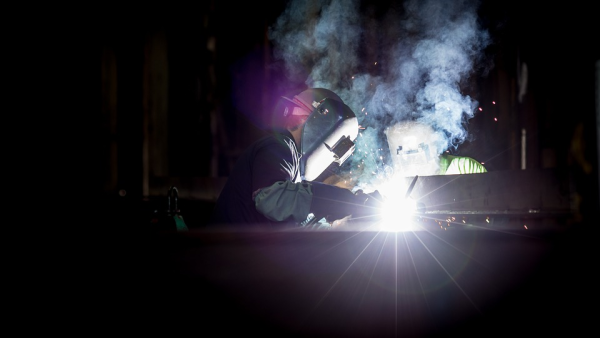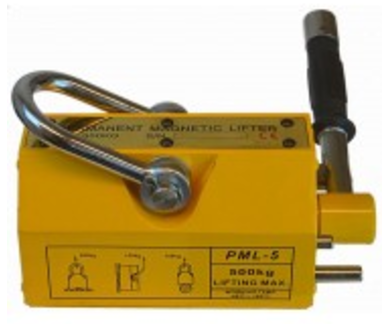Magnet Facts
-
Magnets Power the World: Generating Electricity
When you turn on the office lights with the flip of a switch, you can thank a magnet. Or, to be more accurate, a whole lot of magnets. That’s because the electricity powering those lights is being created at a power plant that uses a series of magnets to generate electricity. Continue reading → -
Magnets in the Mail: The Ins and Outs of Transportation and Returns
We’ve all received wedding invites or Christmas photos with magnetic backings to attach to our refrigerators. While these magnets can be easily mailed in an envelope without much risk involved, more powerful magnets can do a lot of damage if improperly mailed. Continue reading → -
Magnetic Personalities: Michael Faraday
To say chemist and physicist Michael Faraday had an impact on our understanding of electromagnetism would be an understatement. In fact, he basically established the field of electromagnetic research. You don’t get a scientific law and a unit of measurement named after you for nothing! In our latest installment of the Magnetic Personalities series, we’re taking a look at this great scientist’s amazing life. Continue reading → -
Countersunk Magnets: From Purchase to Installation
You’ve probably seen them before: ring-shaped magnets that look like washers with wedges cut out of the middle. These are countersunk magnets. Also called countersink magnets, the design is intentional—the wedge and hole exist so the countersunk magnet can be anchored in place by a single screw. Their strange design makes them extremely useful in the right situations. Continue reading → -
Magnet Changes on the Horizon: How Will They Impact Business?
The magnets industry is constantly evolving. Researchers are always tinkering with new metal combinations to bring cheaper, more reliable magnets to the market. But the focus on magnets doesn’t stop on the surface of the earth. Recently, the Department of Energy awarded $20 million to extract rare earth elements from old coal mines in the Appalachians — a major development considering we’ve long depended on China to supply us with rare earth materials. Continue reading → -
The Ins and Outs of Gaussmeters and Teslameters: How They Work
Whether you call it a gaussmeter or a teslameter, any device that can read the invisible strength of a magnet is an exciting product. But before you rip a gaussmeter out of its packaging and begin carrying it from magnet to magnet, it’s good to understand the product’s ins and outs. Continue reading → -
Applications for 'Funky' Ferrofluid: Present and Future Uses
Even inside the wondrous world of magnets, ferrofluid is especially magical the first time you see it in action. Though it’s a liquid, it behaves like a goopy solid when manipulated by a magnet. Instead of flowing freely, ferrofluid will contour in the shape of the magnetic field acting upon it, letting you manipulate it at will before returning to its original spot within the magnetic field. Continue reading → -
What a Gaussmeter Can Do for You: Understanding Parts and Features
Because a magnetic field is invisible, obtaining a complete, quantitative representation of it requires measurement of both its strength and its direction. The ability to do that might sound like science fiction, but thanks to a discovery made nearly 140 years ago, we have the gaussmeter—the tool we now use to determine the strength of magnets. Continue reading → -
Modifying Magnets: What’s Possible With Cutting, Drilling, Welding, and Soldering
Because magnets are so versatile, they’re used in many applications. Occasionally, however, customers come to us wondering if they can expand a magnet’s capabilities though cutting, drilling, soldering, or welding. While this is possible under the very best circumstances, it’s extremely difficult to perform correctly. If one isn’t careful, a powerful magnet will quickly crumble or lose its magnetic field. That’s why it’s generally best to go with a custom-ordered magnet instead of modifying a production magnet yourself. Continue reading → -
Magnetic Lifters: What You Need to Know
When you’re moving heavy, ferrous loads, you’ll be hard-pressed to find a more convenient tool than a magnetic lifter. That’s because magnetic lifters require no tie-offs or additional manpower. With only the flip of a switch, a small box can carry tons of weight. Continue reading →




